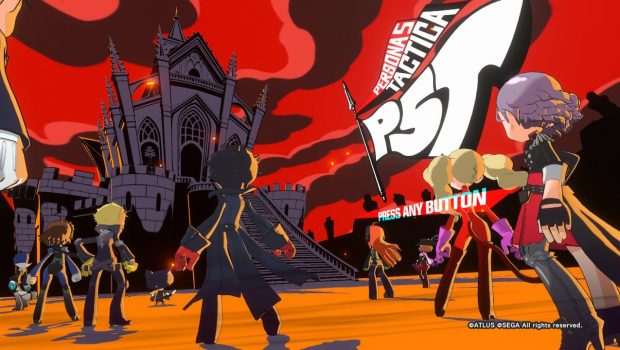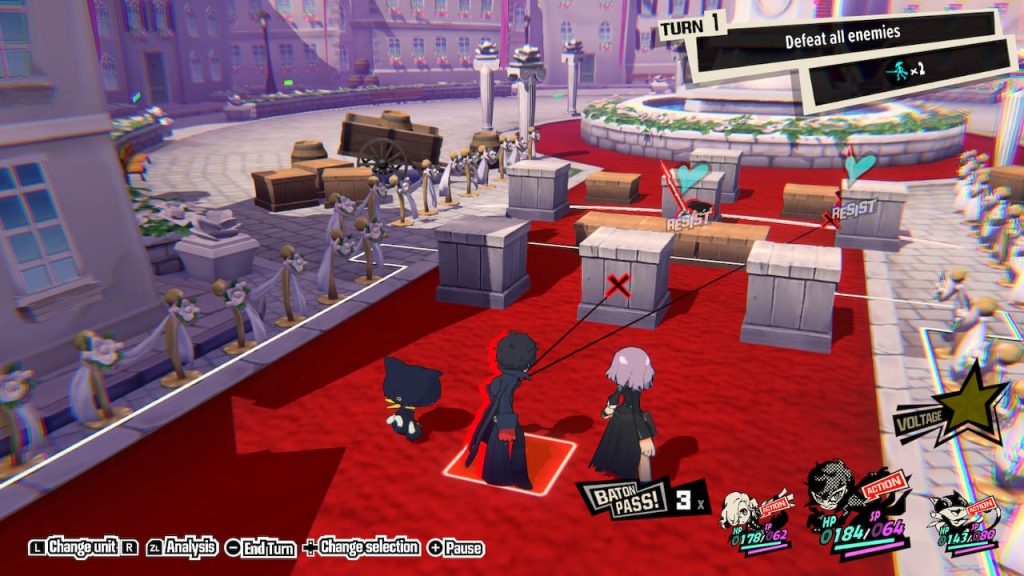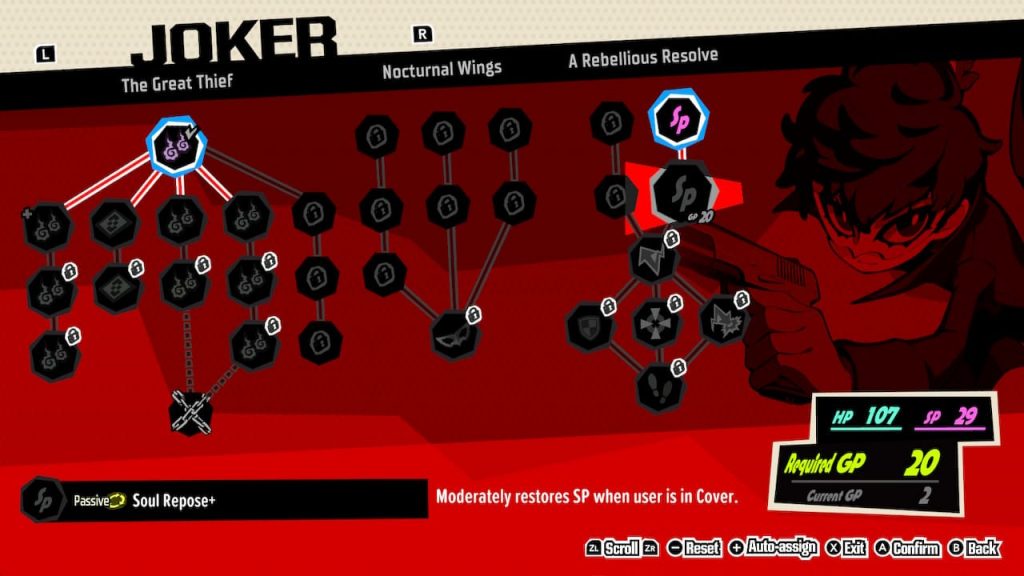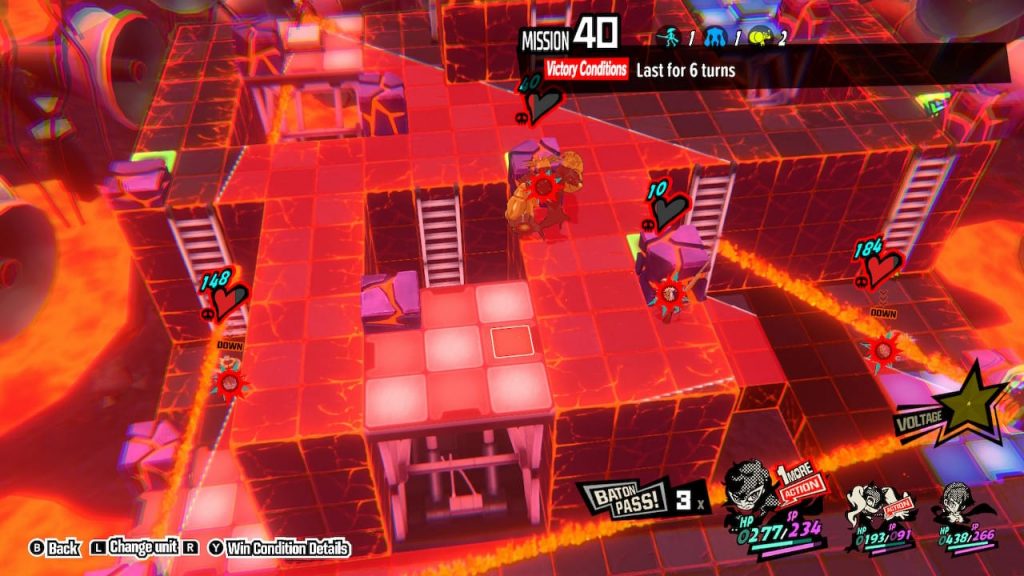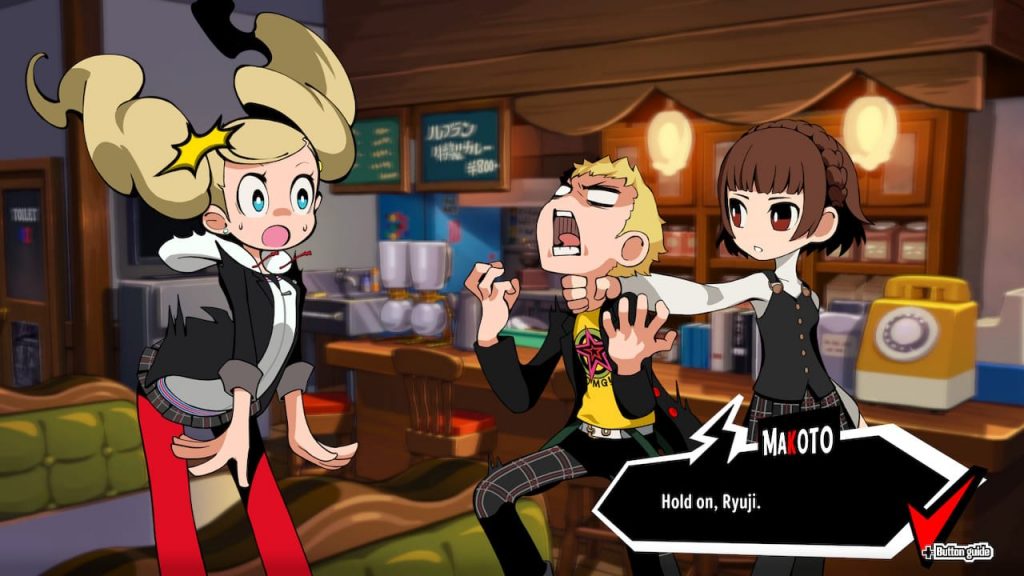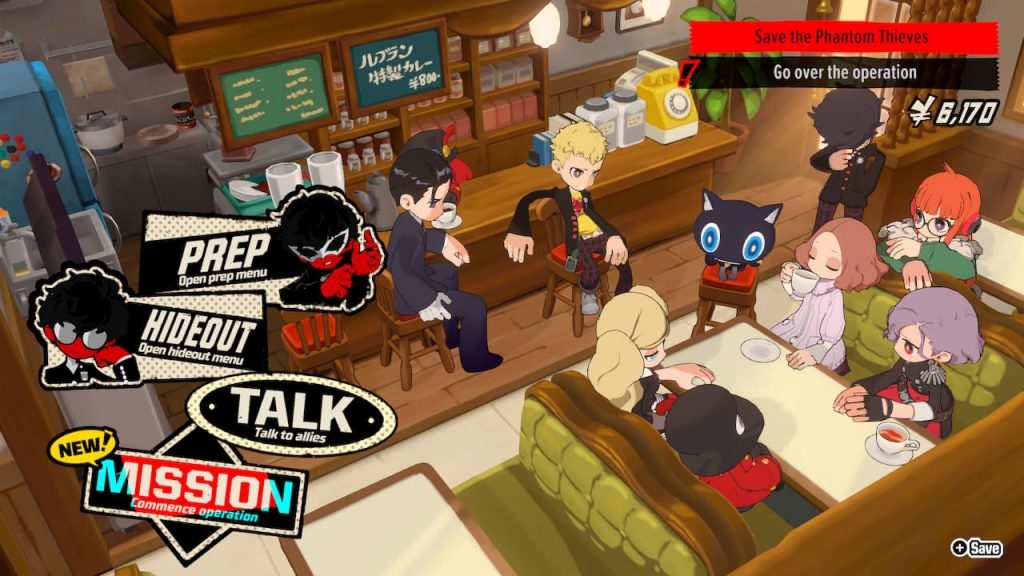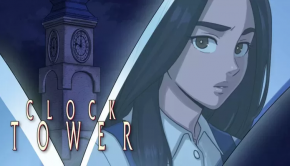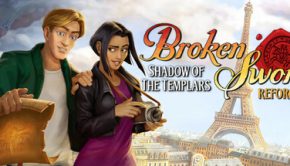Persona 5 Tactica Switch Review
Summary: Persona 5 Tactica beautifully translates the mechanics of the game it spun off from into the strategy genre – wrapped up in an art style that doesn’t support the interesting story it’s trying to tell, but does capture the charm of its characters better than ever.
4.1
Strategic Spin-Off
The spin-off – a weirdly loaded term that can mean both nothing and everything to a game that is considered one. They come in all kinds of flavors – there are spin-offs that only adapt or take place in the same world as the game/franchise it spun off from, and there are spin-offs that also take gameplay inspiration from its source. This review is about Persona 5 Tactica – which I jumped right into after having just beaten Persona 5. So what kind of spin-off is it? Is it one that is only enjoyable to fans of the game it’s based on, or can it actually go beyond that audience? Let’s find out.
Persona 5 Tactica takes almost all of Persona 5’s gameplay elements and gives them a tactical makeover – just like that game, you fight against enemies using Persona’s magical attacks, guns’ ranged attacks and various weapons’ melee attacks. Unlike that game, the battles take place on grid-based maps – which are full of spots where you can take cover in a similar manner to Persona 5’s palaces. Cover is at the heart of Tactica’s gameplay – you as the player always want to be taking it, and always want to be knocking enemies out of it. Persona and melee attacks are the two ways to do so – then once an enemy is no longer in cover, hitting them with an attack of any type will knock it down and land you a “1 More”, allowing you to do another action within the same turn.
Your main objective will often be to get as many actions in one turn out of your (measly) three party members – who you can freely switch between at any point as long as they are still able to do an action – as you can through this “1 More” system. Knock down an enemy, gain another action, knock down another enemy, rinse repeat. Naturally it’s not quite that simple most of the time, but the process of finding ways to do as much overall damage as possible before running out of actions is pretty enjoyable – and the three methods of attacking mentioned earlier are all capable of making meaningful contributions to it. Melee attacks knock enemies back, either into other enemies or into a more favorable position. Gun attacks – despite being resisted by enemies in cover – have the most range and are useful when you need to preserve SP. Persona attacks – which use up said SP – generally do the most damage and come with secondary effects that negatively affect enemies.
Speaking of Personas, Tactica gives us Persona communism – every character is allowed to have a second Persona (called a sub-Persona) alongside their signature one. This addresses one of my nitpicks with Persona 5, where I felt Joker – the only character with multiple Personas – was a bit too versatile compared to the other party members (even if it was thematically appropriate). I’m also glad it’s not mandatory for him to be part of the team anymore either. Tactica actually doesn’t really require your team to be that flexible though – enemies don’t have weaknesses to specific Persona attacks, sub-Personas can only have a maximum of two skills anyway, and almost nothing from the game’s skill tree has an effect on said sub-Personas.
Besides those sub-Personas, this skill tree is the other way in which you can customize your units and make them stronger. I particularly love how flexible it is – you can undo skills you’ve acquired at any point, which will refund the currency (GP) you spend on it. This makes it so you can choose to prioritize different parts of the skill tree at different points, or for specific missions that may be easier with a specific skill. Simply progressing the main story will already earn you GP – but it is the optional missions called quests you really want to complete, as these give you a lot of GP for the characters you’re forced to deploy in them.
Compared to the more freeform nature of missions, these quests are generally made with limited solutions to them in mind. They’re designed to take advantage of specific characters’ abilities or other mechanics – making them more like a puzzle that you have to figure out, rather than just being the party versus the enemies. Thanks to these quests in particular, I would say that despite the game’s enemy variety not being very high, the variety in mission objectives is pretty good – beat all enemies, get the party to a specific area, stay alive for a certain amount of turns, et cetera. Missions also strike a nice balance between incentivizing both offensive and defensive play in the form of awards: these will challenge you to finish missions within a certain amount of turns and to not let any party member get KO’d, among other things – if you manage this, you’ll earn more experience points and money.
What I like the most about Tactica’s combat is that your party is always encouraged to be on the move – positioning and movement is important during your entire turn and not just at the beginning and end of it. Being able to swap between characters on the fly – who can use their full movement range without it rendering them unactionable at any point – as long as they can still attack makes this work, and it works well. Especially when a lot of maps take advantage of these mechanics – with switches that open doors, or make platforms go up and down if a character stands on them – but the best use of them come in the form of Persona 5’s iconic high-damaging All-Out Attacks. In order to perform one, you must first down an enemy and then surround it with all three party members in a triangle formation – which will also hit other enemies caught in this triangle area. The satisfaction of having a single downed enemy on the field and making the All-Out Attack area as big as possible to wipe out the most amount of potential enemies never got old.
So we now know how Tactica handles incorporating Persona 5’s gameplay, but what about its story? Well, Tactica’s events don’t necessarily have anything to do with Persona 5’s events, as in, it’s not really building off of the things that happened in that game – but there are plenty of references to it. I think one could get enjoyment from Tactica’s story even without having played Persona 5 – that said, the game basically does assume you’re familiar with this universe, and they would probably be right in that assumption for most people who’ll be playing it. For the few who aren’t, Tactica does give them an encyclopedia explaining its people, places and other terms.
The story is one thing, but where Persona 5 shines the hardest is in its cast of characters. As it turns out, Tactica is not really about them either. The Phantom Thieves get sucked into some cognitive world similar to the Metaverse (called a Kingdom) for unknown reasons, and it is there that they meet two new characters: Toshiro and Erina. Toshiro is a politician from the real world who is stuck in the same situation as the Persona 5 group – and Erina is a teenager who, as far as she knows, has been fighting back against an oppressive regime in her world for her entire life as the leader of the Rebel Corps. Naturally, the Phantom Thieves decide to help Erina’s cause as they try to find a way home.
To give Tactica credit, Toshiro and Erina are likeable, interesting and bounce off the Phantom Thieves very well. The game basically feels like one giant Palace for those two, which is both good and bad. Their story and development is great, it’s merely unfortunate that they are the sole characters that actually matter to the plot. Joker and the gang have little to no agency or personal stake in it – their past experiences are used to relate to the newcomers at points and I do like that, but substantial character defining moments for them are sparse. Ultimately, the Phantom Thieves are still the same fun characters from Persona 5, and Tactica’s story is certainly more enjoyable thanks to their presence – I am unsure whether or not the game does enough to make you care about them if that lingering attachment is not there though.
Talking about the story and cast leads me to how the game’s visuals present them. The chibi art style is quite a departure from how Persona 5 looks, but they did not take away the franchise’s signature stylish UI and animations – Tactica still undoubtably has that same flair. It also works very well with the characters – their models and portraits are more expressive and livelier than ever. Especially Futaba, it honestly feels like she was made to be chibi – this is her ultimate and most adorable form. Ann’s twintails shooting upwards when she’s mad or shocked is another example of this art style’s strengths – something like that would obviously look ridiculous in Persona 5, but in Tactica it effortlessly adds to these characters’ charm.
The thing that it sadly works less well with is the story and setting. It feels weird and kind of dumb to say when the game’s production values are so solid – but it is admittedly harder to be invested in serious themes of revolution and making a stand against exploitative people when Tactica’s world and its inhabitants look like, well, that. It doesn’t even stop at cartoony appearances – the citizens have squeaky voices, and the enemies sound like Separatist Droids from Star Wars. Not helping matters is that, considering this world – where the whole story takes place in, mind you – is supposed to be adjacent to the Metaverse, throughout the entire game I was questioning if it was even real and if I was actually genuinely saving anything. None of this was ever enough to fully take me out of the story, but the dissonance between it and its presentation is still somewhat jarring.
Going from visuals to audio, it did take me a bit to warm up to Tactica’s music – likely because Persona 5’s soundtrack was still firmly planted in my head after having just finished it – but the game’s sun eventually started shining brightly on my ears. Its pieces have the Persona 5 feel alongside a more distinct vibe that fits the slower paced battles – new songs featuring the iconically sometimes unintelligible English lyrics sung by Japanese vocalist Lyn are here as well. Speaking of inaudible things, the voice acting – while as impeccably delivered as I would expect – is strangely quiet at times, which unfortunately lowers my overall opinion on the audio. Regardless, while I don’t see myself returning to the soundtrack too often now that the game has concluded – with the exception of the second Kingdom’s hideout theme, I could listen to that for hours – it was an enjoyable presence during my playthrough for sure.
Final Thoughts
Over the course of almost two months, I spent a total of 175 hours in the Persona 5 universe – 45 of which in Tactica – and I don’t regret any minute of it. As a lover of strategy games, it was really cool to play a Persona 5 take on the genre – to see what they did and did not decide to incorporate, and also to extend my time with the lovable Phantom Thieves for just a while longer. Enjoyable combat, an interesting story, excellent production values and a suitable amount of content outweigh the minor problems I have with it – this is a pretty darn good video game. For those of you who haven’t played Persona 5, made it to this point of the review and are wondering if you should play Tactica – it feels less like a question of “could you?” and more like a question of “why would you?” Do I think Tactica is a good game, even when devoid of any Persona 5 context? Yes. Do I think it just makes way more sense to play Persona 5 before it? Also yes. And if you are already a Persona 5 fan, this is obviously a pretty easy recommendation from me – both for people familiar with the genre as well as newcomers.

